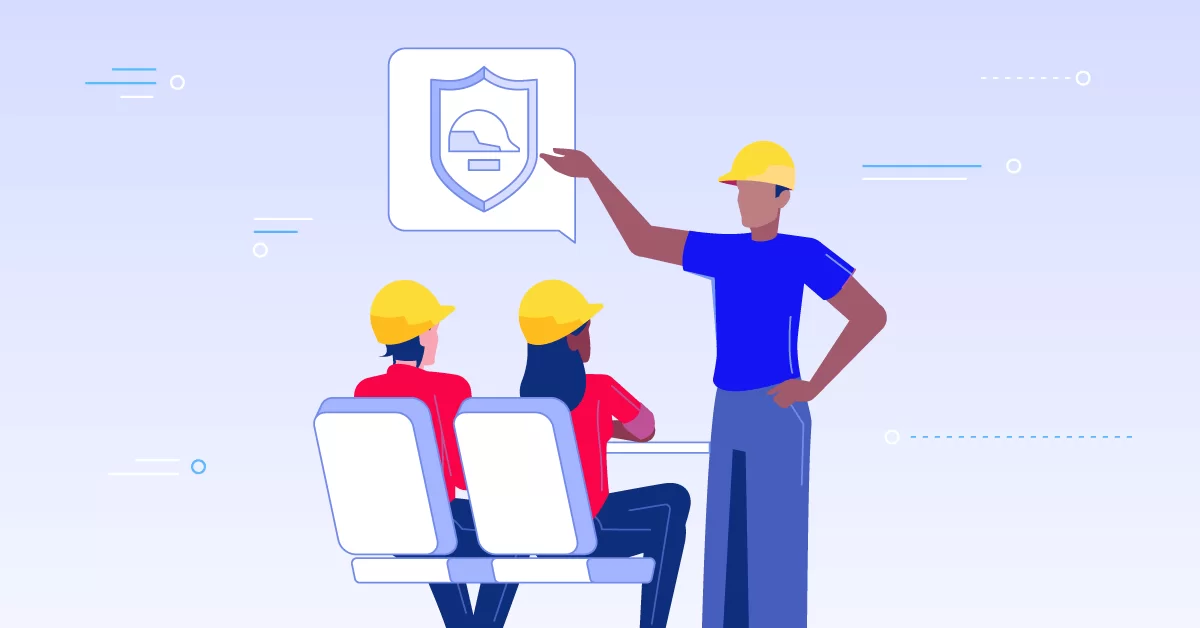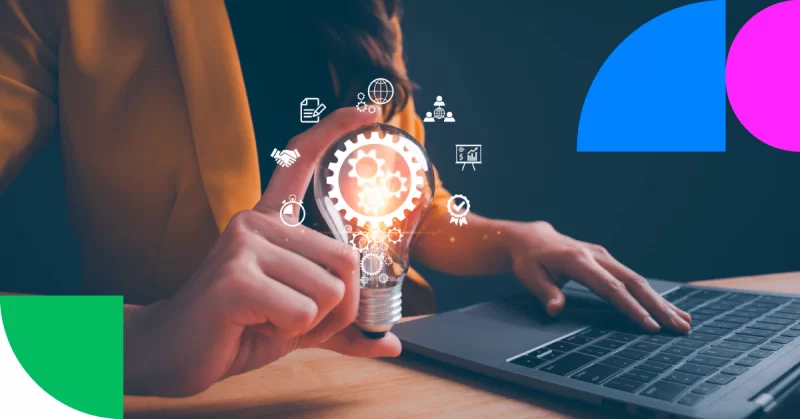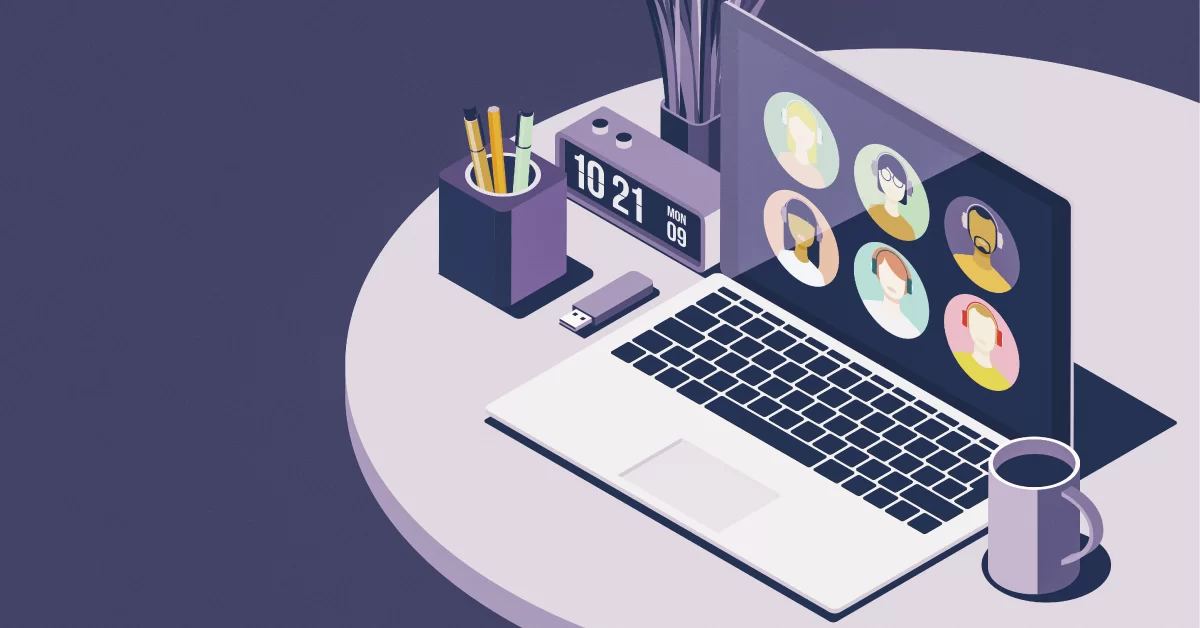Gamification is the art and science of taking the mundane, in a business learning environment, and turning it into “fundane”!
While it’s true that some of the best gamification examples may, at first blush, seem a bit too playful, don’t let their non-business-like style put you off from embracing gamification for corporate learning. If your training initiatives aren’t sparking imagination among your staff maybe it’s time to bring fun into the equation.
Success through more than fun and games
At a very abstract level, using gamified learning in business training is meant to create environments that motivate and engage employees into greater participation. These heightened levels of participation are exactly what you need to bring the desired change in behavior that the training exercise was designed to cause.
The best use of gamification in business might be the ones where employees are entrenched in a certain behavior and company management would like to illustrate the benefits of changing it, by using a controlled environment. According to research from Gartner, by 2020 such behavioral modification techniques will help reshape the behavior of over a billion workers globally.
Gamification is, therefore, more than just fun and games. It can deliver real results to a company’s bottom line. At their core, gamification ideas revolve around aligning an individual’s (a worker’s) perception of success with that of a group (i.e. fellow workers or the entire organization). Through gamified learning, staff can be taught that when individuals achieve certain goals, the broader group will succeed as well.
Gamification is more than just fun and games.Share on
Examples
Here are some gamification examples in business that companies, both large and small, could easily embrace. These approaches can be successfully used to not only educate and train workers but can also be easily adapted to achieve behavior modification.
Safety Training – Safety is no game!
Companies in the logistics industry can use games to help train their employees about safety within their sprawling distribution centers. Using gaming platforms within their Learning and Talent Development platform, companies in the sales and distribution space can create safety tips in bite-sized gaming segments.
Workers using the training tool can be awarded points for completing specific tasks and encouraged to learn about safety at their own pace. By creating a hierarchy of learners within the eLearning ecosystem, such as “Novice”, “Expert”, “Safe Pair of Hands”, or “Star Performer”, these games can encourage employees sitting on the sidelines to jump in and embrace their training too.
Challenging accomplishments through gamification
To take gamification in the workplace to a new level, companies can leverage any number of motivational tools that bring groups of individuals together to motivate and inspire them into proving they can accomplish specific goals.
For instance, using a Learning and Talent Development platform such as eFront, any company can create a series of “Multi-day Challenges” to help accomplish specific long-term goals, such as:
- Enrollments in corporate training
- Reduction in overhead expenses
- Drop in workplace safety incidents, or
- New sales by the end of a shift
The gamification features that your Learning and Talent Development platform offers can be used in overall corporate eLearning programs that aim to motivate employees to reach specific learning goals. These kinds of gamified experiences are great for creating post-training transference activites, by creating online campaigns that challenge recent learners to prove how they actually applied their training to workplace situations.
Shop floor training brought live!
Some of the best gamification examples in business come from gamifying shop floor environments to simulate a real life scenarios. Whether it’s a large restaurant chain or a small pizza shop, using gaming characters to teach staff to, for instance, operate their new cash register system or the order processing application can significantly cut down on training time and costs.
- Training gamification can be used, for instance, to simulate multiple orders hitting the system simultaneously. Learners will learn real shop-floor skills on how to deal with that.
- Multi-player games can be programmed to expose learners to real life situations that disgruntled and irate customers bring to the shop floor.
Using these types of gamification companies will not only train employees to adapt to corporate changes quickly, but they will also reap real results, as for example a dramatic reduction in operation times or an increase in the average order size.
Gamifying employee engagement
Sometimes, it takes just a little bit more encouragement to get the brightest and smartest of your employees to fully engage with your customers. They need to be taught that engaging positively with your customers can help your company perform better than the competition, but will also enhance their individual standing in the company and among their peers.
Creative use of gamification in eLearning initiatives can spark collective collaborative participation amongst a company’s employees. For instance, when customers-facing employees (in Tech Support, for example) need to be trained to engage with clients, a gaming application can be a great motivator.
Through gamification, employees can be motivated to respond to customer queries, and in the process earn badges and reward points. This not only helps the company raise the quality of its client support, but it also enhances employee reputation and standing among peers.
Empowering healthier workers through gamification
Employee health care costs and group insurance plan premiums are a drain for many companies – whether you have 5 employees or 5,000. Using smart gamification techniques, employees in any company, large or small, can be taught how to make smarter choices that will not only benefit themselves as individuals but will meet important corporate objectives too, such as:
- Healthier employees
- A more active and engaged workforce
- Less sick time
- Reduced health care costs
Such unique approaches of marrying technology with human psychology are great examples of gamification in training because they:
- Help change individual employee behavior to conform to corporate norms of those same behaviors.
- Use the concept of rewards to get employees to accomplish specific goals.
- Encourage the use of group psychology, such as enlisting friends, family members and co-workers to effect behavior modification amongst workers
By training individual workers to behave in a more healthy way, corporations can accomplish better performance themselves – whether that’s measured in terms of increased sales, better customer satisfaction or improved quality.
Hallmarks of successful eLearning gamification
The most engaging gamification examples in business eLearning should include:
- A performance-based online environment where learners can explore and make guesses to continually improve their skills – just like in the real world.
- Elements of “distraction”, so that a learner’s skills to focus and concentrate on a given objective are honed – a very important real-world necessity.
- Frequent instructional resources, so that learners can pause to get extra information – like hints and best-practice tips.
- Some of the best examples of gamification should include progression indicators, points tables and reward meters to help learners know exactly where they stand throughout the entire game.
- Timed activities so learners know the urgency of taking important decisions or timely actions.
- Prompts and recaps so learners can learn from what they did correctly, and turn failure into an educational event.
- Most successful gamification ideas for training use small chunks of gaming activity to deliver maximum amount of training or behavioral modification impact.
Whether you develop your own gaming platform or use commercial gamification tools, workplace gamification can be a fun and powerful ally in your next eLearning initiatives.


